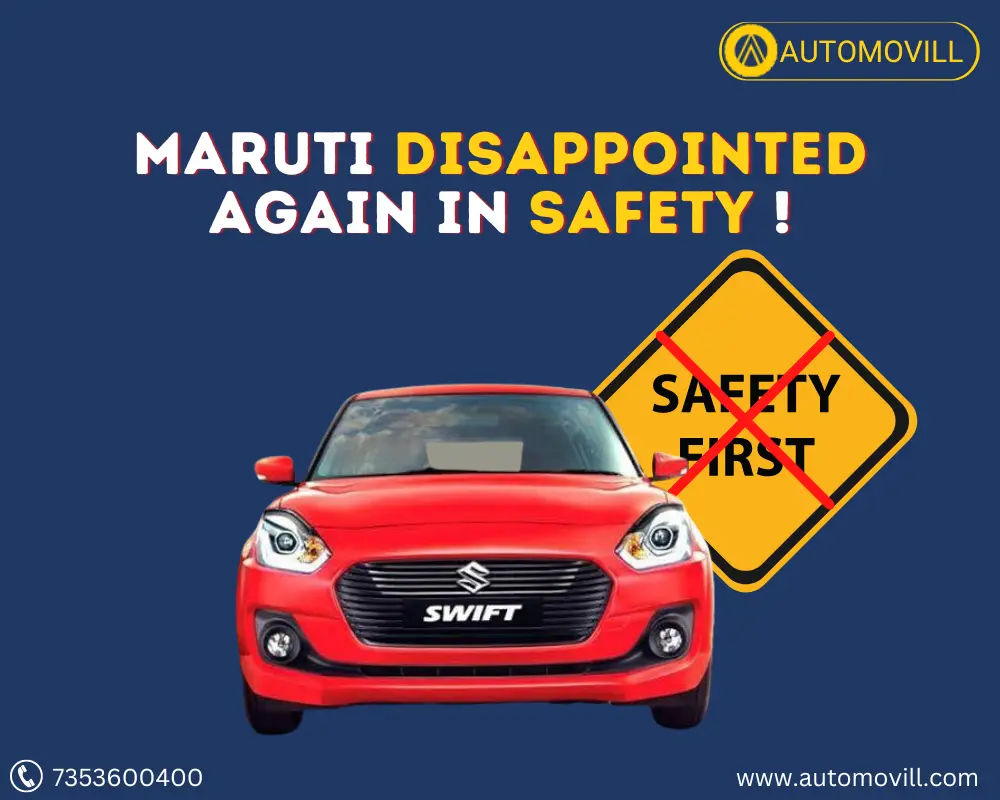
Recently, the crash test of three vehicles of Maruti Suzuki was done and all three vehicles have proved to be lax in safety. These include Maruti Suzuki Swift, Maruti Suzuki Ignis, and Maruti Suzuki Espresso.
Maruti Swift, Ignis, and EsPresso Crash Test
The largest automaker in the nation is Maruti Suzuki, despite the fact that the majority of its vehicles don’t hold up in terms of safety. Three Maruti Suzuki automobiles recently underwent crash testing, and it was discovered that all three were unsafe. The Swift, Ignis, and Espresso fall under this category. In the Global NCAP crash test, each of the three received just one star. The Swift received one star for child occupant protection, while the Ignis and S-Presso received zero stars. All three received one star for adult occupant protection.
Rating for Maruti Swift safety
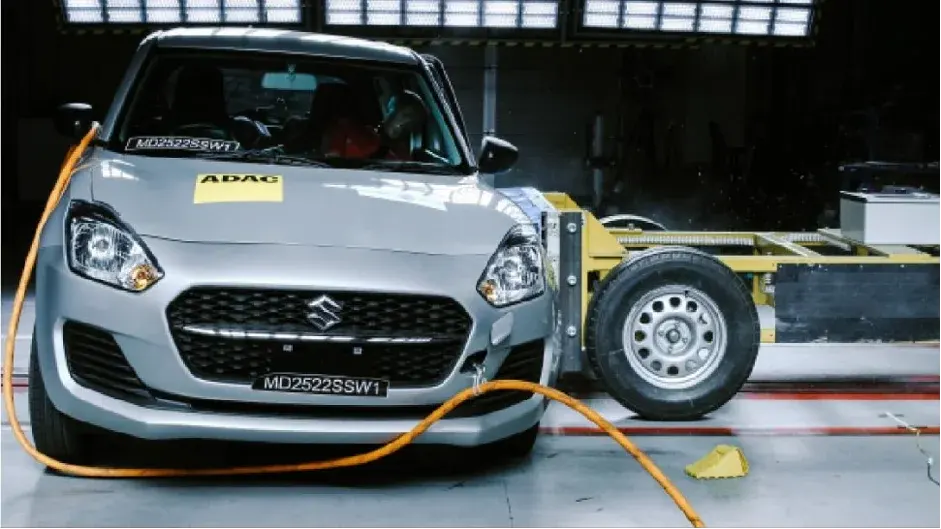
The Swift gave the driver and passenger good head and neck protection, while the driver’s chest received just fair protection. Swift received one star and only 19.19 out of a possible 34 points in the adult protection category. With merely 16.68 points out of a possible 49, Swift received a score of 0 stars in the child occupant protection category.
Maruti Ignis Safety Rating
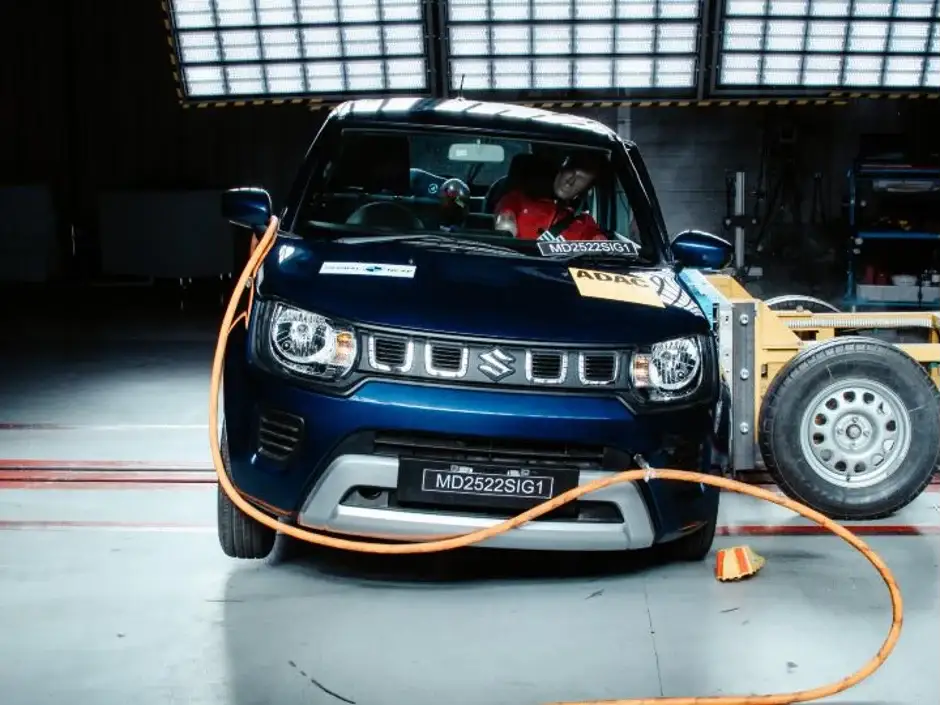
Ignis received a 1-star rating and a score of 16.48 out of 34 in the adult protection category. The driver and passenger’s heads and necks are well protected in this, but the driver’s chest is not as well protected. Ignis has received a 0 out of 49-star rating for kid occupant protection.
Maruti S-Presso Safety Rating
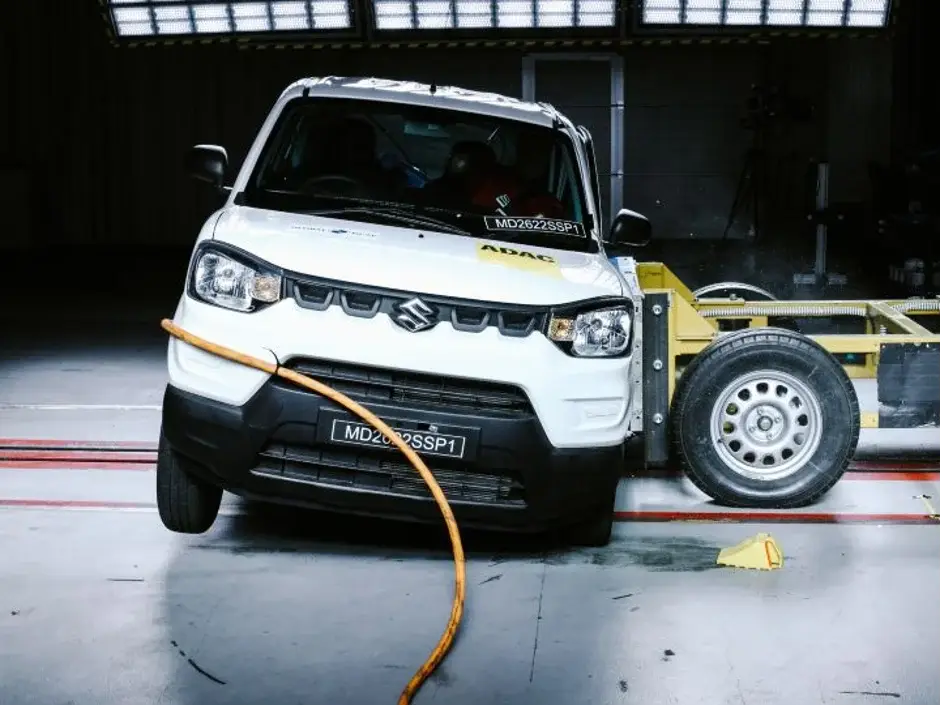
The S-Presso received a 1-star rating in the adult occupant protection category with a score of 20.03 out of 34. It revealed that the driver and passenger have acceptable head and neck protection, but poor chest protection. The S-Presso received a 0-star rating out of a possible 49 stars for child occupant protection.
What is a Safety Rating?
Based on how well they did in a set of safety tests, certain vehicles are assigned safety ratings. Through safety ratings, consumers can learn more about the accident-avoidance capabilities and security features of various cars.
Frontal Crash Test:
Consider yourself driving on a two-lane street while an automobile is driving north on the same street. As the other driver starts to doze off behind the wheel, he or she slides into your lane. All of a sudden, you hit the car heading north head-on.
Side Barrier Crash Test:
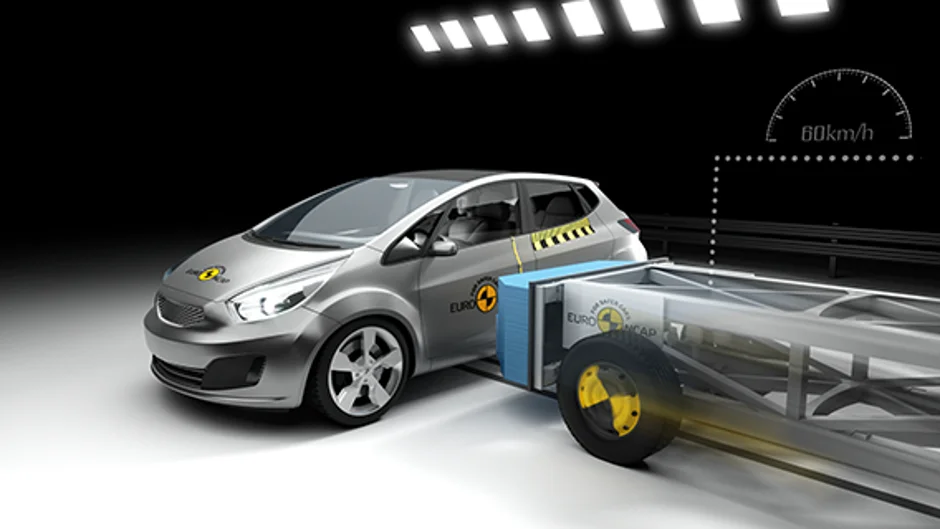
The second-highest frequency of fatalities and severe injuries result from side collisions. In contrast to a frontal impact, there is very little room inside the vehicle cabin to absorb energy, and severe head and chest injuries are frequently sustained.
Side Pole Crash Test:
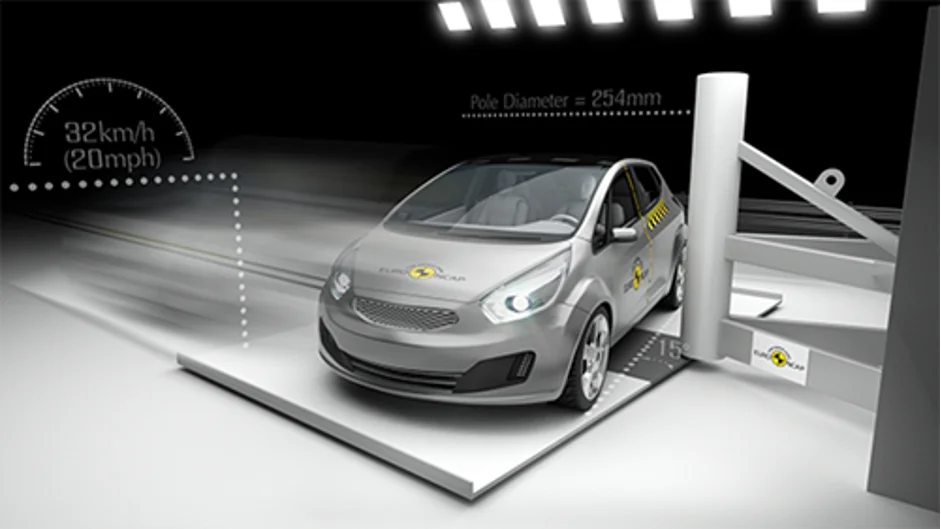
A car may collide with immovable roadside objects like poles or trees in some side hits. This frequently happens as a result of the driver losing control of the vehicle due to speeding, bad turn judgment, or skidding in slick circumstances. Due to the severity of these events, fatalities and other major injuries occur frequently.
Rollover Resistance Test:
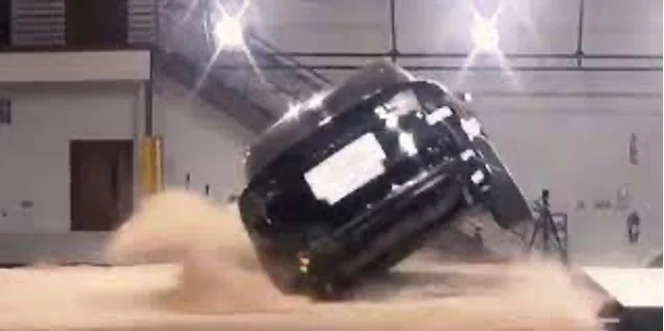
By utilizing each vehicle’s roll momentum, the technique aims to provide the “worst-case” dynamic roll reaction for each vehicle. The algorithm used to decide when the steering should reverse is one distinctive aspect of the AVC Reverse Steer Test. Following the initial steering input, the reversal happens at a moment that corresponds to the second local maximum value of the roll rate.
